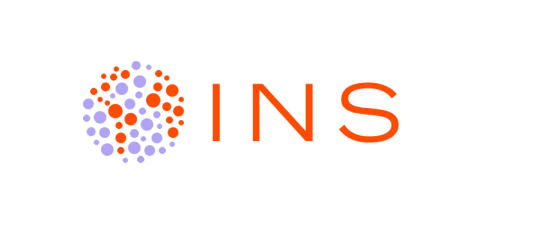
**Shopping**
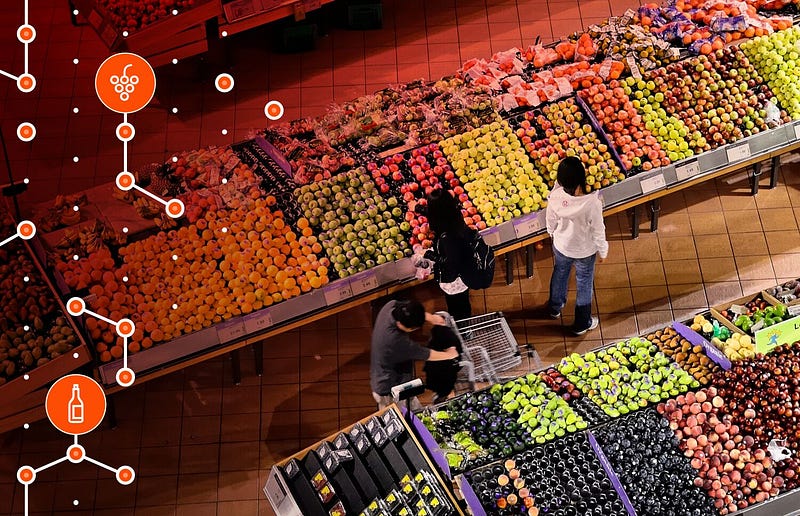
This year, a lot of attention is given to reducing pedestrian presence and shopping. The picture is clear, the health of retail trade is deteriorating, as can be seen from various reports and articles. Even from Earth's orbit, satellite tracking shows a decrease in traffic and fewer crowded parking lots - signs of a wave of store closures and bankruptcy. The industry is losing its jobs and is expected to cut 1.5 million jobs by 2022.
This year, a lot of attention is given to reducing pedestrian presence and shopping. The picture is clear, the health of retail trade is deteriorating, as can be seen from various reports and articles. Even from Earth's orbit, satellite tracking shows a decrease in traffic and fewer crowded parking lots - signs of a wave of store closures and bankruptcy. The industry is losing its jobs and is expected to cut 1.5 million jobs by 2022.
Major e-commerce players have destroyed the old retail model and regard the product as one of the last borders they have not done on the Internet. While older school retailers are trying to catch up, being more electronic, for example, it seems to them that it is difficult to manipulate technology. They are faced with the problem of not only choosing the right tools, but also understanding customer expectations and often can not satisfy them.
With thousands of years, the largest generation in US history, influential markets, retail models are changing. Today's customers leave the supermarket and prefer to buy products from different vendors. They tend to visit small shops downtown, have empty refrigerators, go to restaurants and buy products on the Internet.
Let's take a closer look at what the client wants below:
** Fresh food **
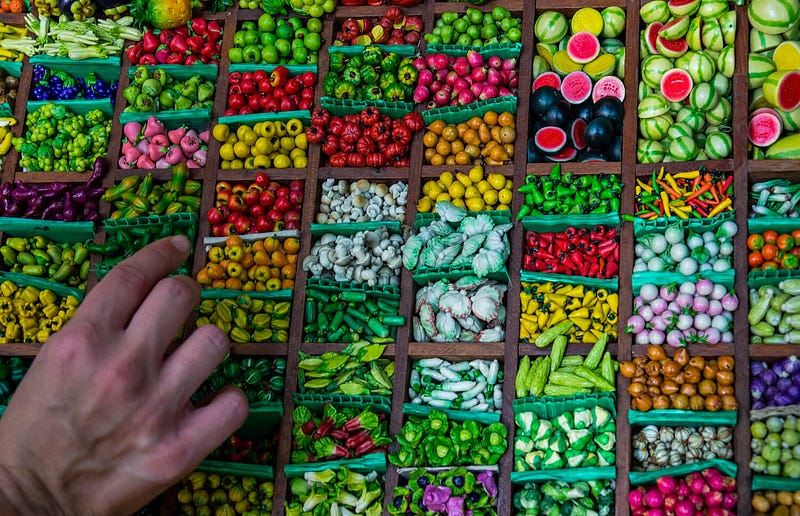
There is currently no need for some refrigerators, loading them and storing lots of food. Supplies and restaurants to meet consumer preferences for fresh produce.
Indeed, this keeps people out. In fact, Americans spend more money in restaurants than in grocery stores by 2016. Supermarkets are struggling to compete as they are designed to reduce inventory and the inability to cut miles for food, the distance traveled from where it grew, where it was purchased. And can go up to 1500 miles to go up to your plate.
** New value type **
Changing the paradigm gets people looking for new purchases. Places like farmers' markets often create value outside of transactions. There you can find help in choosing the right materials, for example, or getting to know how to cook a new one. Thus, they add value, in addition to selling products, they attract and entertain people.
The "Do it yourself" decision still exists in the minds of analysts and retail experts. Some of them think that it is possible to turn the abandoned shops into communal workshops and "the villagers go to make their own bread ... swap gossip ... take flowers and fresh fruit, pick vegetables.
The Millennium is no longer hanging out with friends at the mall, so there's no turning back. They are not motivated to take the time to experience DIY, as they need to do this for more interesting activities such as social networking.
**Technology**
The shift in retail food products is accelerating. The Internet is reviewing the shopping experience. Customers are looking for interactions based on the creation of new value types. They want to buy fresh food and have time for interesting activities. And technology is empowering people.
Today's suppliers and independent producers can control most of these chains and have a direct way to sell products and ask for feedback. Direct communication can rethink this industry, spring life in places like farmers markets, reducing the average person and helping consumers save up to 30% of fresh produce. Thanks to Blockchain technology, it provides more transparency, security and secrecy
We atToday's suppliers and independent producers can control most of these chains and have a direct way to sell products and ask for feedback. Direct communication can rethink this industry, spring life in places like farmers markets, reducing the average person and helping consumers save up to 30% of fresh produce. Thanks to Blockchain technology, it provides more transparency, security and secrecy are proud to announce an initiative to challenge the retail chain of grocery products and change the concept of online shopping. This is possible with a scalable platform based on blockbusters for buyers and suppliers. This opens up the possibility for tens of thousands of suppliers to compete for the attention of customers, sell the highest quality products and create a reliable shopping experience in grocery stores for a much lower price.
HOW WORKS
* Directly connect grocery and consumer manufacturers.
* Overcoming the dominance of retailers.
* Offers a variety of smart contracts for easy operation
* Use an INS token for all transactions.
BENEFITS TO CONSUMERS
* High quality food is cheaper than in stores.
* Online shopping is purchased easily and easily.
* Unlimited access to preferred suppliers.
BENEFITS FOR MANUFACTURERS
* Full control of prices and product listings.
* Direct marketing and promotion to consumers,
* Fast and detailed customer feedback.
MANUFACTURERS SPEND HEAVILY ON AN INDIRECT MARKETING FOR CONSUMERS.
Marketing is the second largest cost for producers after the cost of goods.
70% marketing is used for trade channels (ie, wholesalers and retailers).
Large size of inefficient trading marketing campaigns, leading to higher grocery prices.
INS will send manufacturers that provide highly efficient direct awards to consumers with INS tokens.
Marketing trade as% of producer cost.
** INS ecosystem **
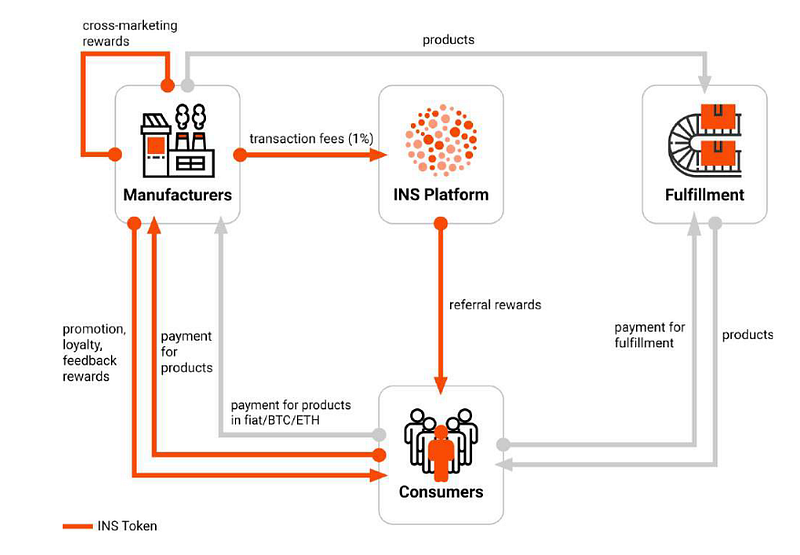
The INS ecosystem consists of 5 main participants:
Platform: The INS Platform is a decentralized market that allows manufacturers to join, publish their products for sale, conduct promotional and loyalty campaigns, and get customer feedback. This allows consumers to order the product.
Manufacturing: There are companies engaged in the business of fresh products, foodstuffs and household goods consumption.
Consumer: This is an individual or company who wants to buy high quality groceries online at a cheaper price. Orders can be placed through INS sites, INS applications or custom applications.
Fulfillment center: This is a warehouse facility and an existing shipping fleet. They provide a place where workers bring products delivered by manufacturers and make orders.
Couriers: These are used by courier companies or act as independent contractors, will follow the instructions received through the fulfillment of INS.
** Advantages of INS Platform **
For Manufacturers:
Publish products to facilitate their ordering.
Provide reasonable prices on their products and compete openly with other manufacturers.
Customize the official application of INS according to their own brand, promote it to consumers to increase.
Serve in a safe way to maintain a high score score and attract more customers.
Provide attractive promotion and loyalty.
Get direct customer feedback.
The ultimate goal of the INS Foundation is to create a leading, decentralized consumer marketplace that is used by a broad audience by maintaining lush consumer ecosystems that are willing to buy daily products at lower prices and suppliers looking to sell directly and beyond existing retail chains. The main role of the INS Foundation is to develop the open source technologies needed to run a decentralized INS ecosystem and create successful models to provide incentives to all participants.
* Allocation of Token *
60% of Token Sale contributors
15% team
5% Advisory, early supporters, bounty
20%
* TOKEN SALE *
Start: November 27, 11:00 (GMT)
Cap: 200,000 ETH
Token exchange rate: 1 ETH = 300 INS
* Token INS *
Project protocol
ERC20
Close max
200,000 ETH
Total token supply: 150.000.000 INS
The exact number of tokens generated depends on the amount of funds donated. No token, print or mining creation after ICO is completed.
60% token for ICO participants
Pre-sale discounts outlined in White Paper. Join our Telegram channel to whitelist and receive special discounts.
20% token for Team, Adviser and Bounty
See information about gifts in the Bounty and Referral Campaign sections.
The 20% tokens will remain in the Reserve Fund
The Reserve Fund will be used to provide referrals to new customers to accelerate the growth of ecosystems.
**Roadmap**
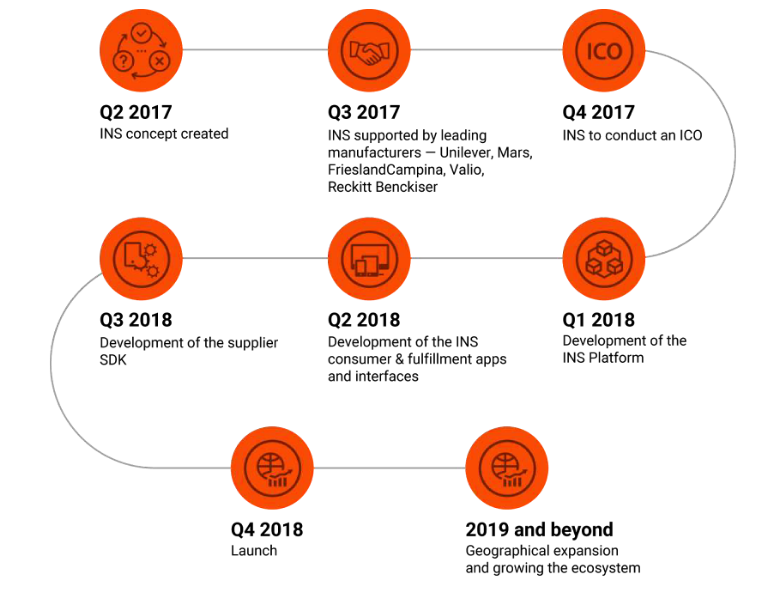
More information please see our webset
Wibesite: https: //ins.world/
Whitepaper: https: //ins.world/INS-ICO-Whitepaper.pdf
Facebook: https://www.facebook.com/ins.ecosystem/
Twitter: https: //twitter.com/ins_ecosystem
Telegram: https: //t.me/ins_экосистем
Author: aa.aep
My Bitcointalk; https://bitcointalk.org/index.php?action=profile;u=1105511
Tidak ada komentar:
Posting Komentar